Largest overview presentation of Louise Bourgeois' Cell series opens at Haus der Kunst
Louise Bourgeois, Spider, 1997 (detail), installation view (Bordeaux), Collection The Easton Foundation, photo Frédéric Delpech © The Easton Foundation / VG Bild-Kunst, Bonn 2015
MUNICH.- Over her long career as an artist, Louise Bourgeois (1911-2010) developed concepts and formal inventions that later became key positions in contemporary art; these included the use of environmental installation and theatrical formats, and the engagement with psychoanalytic and feminist themes. Both her distinctive sculptural forms and her outstanding drawings and graphic works are second to none. Among the most innovative and sophisticated sculptural works in her extensive Œuvre are the Cells, a series of architectural spaces that deal with a range of emotions. Created over a span of two decades, the Cell series presents individual microcosms: each Cell is an enclosure that separates the internal world from the external world. In these unique spaces, the artist composes found objects, clothes, fabric, furniture and distinctive sculptures into emotionally charged, theatrical sets.
Louise Bourgeois, Cell (You Better Grow Up), 1993 (detail), The Rachofsky Collection, Dallas, photo Peter Bellamy © The Easton Foundation / VG Bild-Kunst, Bonn 2015
If one includes the five precursor works to the Cells that first emerged in 1986 with "Articulated Lair", Louise Bourgeois created a total of 62 Cells over the course of her career. Two of these precursors and 30 Cells are presented in Haus der Kunst. The exhibition, planned and organized by Haus der Kunst in collaboration with international partner institutions, is the largest overview presentation of this body of work to date.
Louise Bourgeois, Red Room (Child), 1994 (detail), Collection Musée d'Art Contemporain de Montréal, photo Marcus Leith © The Easton Foundation / VG Bild-Kunst, Bonn 2015
Cells I to VI, first shown in 1991 at the Carnegie International in Pittsburgh, are reunited in the Haus der Kunst's installation for the first time. The term ‘Cell' originated during the preparations for the Carnegie exhibition. For Bourgeois, the term had many connotations, referencing both the biological cell of a living organism and the isolation of a prison or monastic cell. Three years later, in 1994, the artist created her first spider sculpture. Although Louise Bourgeois was already over 80 years old at the time, she succeeded, once again, in reinventing her working methods. The artist then created some of her greatest works, aided by the acquisition in 1980 of her first large studio. Before this she had worked in a townhouse in Chelsea, where the width of the rooms, barely more than four meters, determined for the most part the dimensions of her sculptures. Her new studio in Brooklyn paved the way for large-scale works.
Louise Bourgeois, In and Out, 1995 (detail), photo Christopher Burke © The Easton Foundation / VG Bild-Kunst, Bonn 2015
The Brooklyn studio also provided Louise Bourgeois with a wealth of new raw materials. Objects from the surrounding neighborhood and from the artist's private life are integrated into Cells: steel shelves from a sewing factory (Articulated Lair, 1986), a water tank taken from the roof (Precious Liquids, 1992). When she finally had to vacate the Brooklyn studio in 2005, she kept and later incorporated its spiral staircase into one of her last Cells (Cell (The Last Climb), 2008).
Louise Bourgeois, Spider, 1997 (detail), installation view (Madrid), Collection The Easton Foundation, photo Frédéric Delpech © The Easton Foundation / VG Bild-Kunst, Bonn 2015
The entire Cell series revolves around the desire to simultaneously remember and forget. "You have to tell your story and you have to forget your story. You forget and forgive. It liberates you," Louise Bourgeois once claimed. She has described her sculptures from the mid-1940s to the mid-1950s as an attempt to summon together all the people she missed. Bourgeois created her first environmental installation with these Personages, carefully arranging them to stand upright, directly from the floor, and thereby allowing the viewer to walk amongst them. In this sense, the Personages can be regarded as a kind of family constellation, her recreation of the past a form of exorcism. The Cells also contain references to individuals and past experiences. Thus, the needles, thread and spindles incorporated in the Cells allude to the artist's childhood and her parents' work - her mother restored valuable tapestries. The Cells also tell of abandonment, betrayal and loss. The Bourgeois family unit was subject to great strain: Louise's father betrayed her mother by having an affair with the family au pair Sadie, who lived in the family home for almost a decade. Further, in a reversal of roles, Louise nursed her mother, who had influenza. When she began coughing up blood, Louise was asked to help hide her illness from her husband. Louise soon became entangled in a web of conflicting emotions: admiration and solidarity, anger and powerlessness.
Louise Bourgeois, Cell II, 1991 (detail), Collection Carnegie Museum of Art, Pittsburgh, photo Peter Bellamy © The Easton Foundation / VG Bild-Kunst, Bonn 2015
The artist established the connection between her work and the processing of her personal traumas. In 1982, she created an illustrated autobiographical text for Artforum about her traumatic childhood experiences. In the same period, the Museum of Modern Art in New York honored the artist, who was already 70 years old, with a retrospective. It was the first time the museum had dedicated a retrospective exhibition to a woman.
Louise Bourgeois, Cell XXVI, 2003, photo Christopher Burke © The Easton Foundation / Licensed by VG Bild-Kunst
As a new sculptural category, Louise Bourgeois's Cells "occupy a place somewhere between museum panoramic, theatrical staging, environment, installation, and sculpture, which, in this form and quantity, is without precedent in the history of art" (Julienne Lorz). The Haus der Kunst is pleased to present such an extraordinary body of work.
The exhibition is organized by Haus der Kunst and curated by Julienne Lorz. EXHIBITION 27.02 – 02.08.15
Louise Bourgeois, Cell VI, 1991, Courtesy Hauser & Wirth and Cheim & Read, photo Christopher Burke © The Easton Foundation / Licensed by VG Bild-Kunst
Louise Bourgeois, Cell (The Last Climb), 2008, Collection National Gallery of Canada, Ottawa, photo Christopher Burke © The Easton Foundation / VG Bild-Kunst, Bonn 2015
Louise Bourgeois, RED ROOM (PARENTS), 1994 (detail), Private Collection, Courtesy Hauser & Wirth, photo Peter Bellamy © The Easton Foundation / VG Bild-Kunst, 2015
Louise Bourgeois, Red Room (Child), 1994, Collection Musée d'Art Contemporain de Montréal, photo Marcus Leith © The Easton Foundation / Licensed by VG Bild-Kunst
Louise Bourgeois, Ventouse, 1990 © The Easton Foundation / VG Bild-Kunst, Bonn 2015

/https%3A%2F%2Fprofilepics.canalblog.com%2Fprofilepics%2F1%2F0%2F100183.jpg)
/https%3A%2F%2Fstorage.canalblog.com%2F03%2F02%2F119589%2F96711876_o.jpg)
/https%3A%2F%2Fstorage.canalblog.com%2F11%2F31%2F119589%2F94773502_o.jpg)
/https%3A%2F%2Fstorage.canalblog.com%2F20%2F83%2F119589%2F94772815_o.jpg)
/https%3A%2F%2Fstorage.canalblog.com%2F26%2F72%2F119589%2F75604929_o.jpg)
/https%3A%2F%2Fstorage.canalblog.com%2F59%2F60%2F119589%2F26458628_o.jpg)
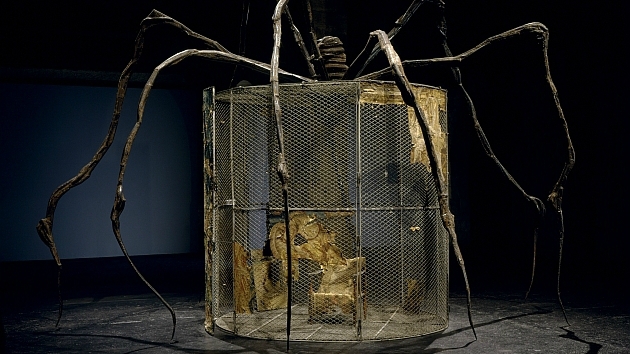
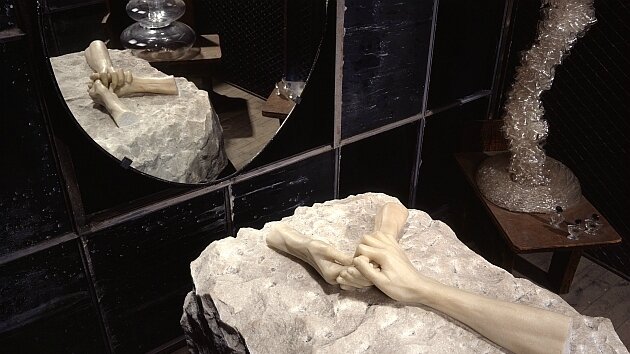

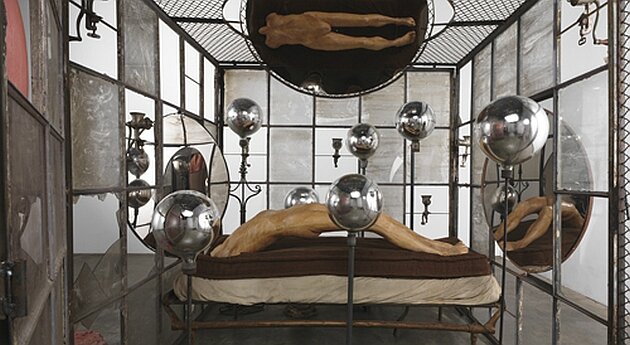
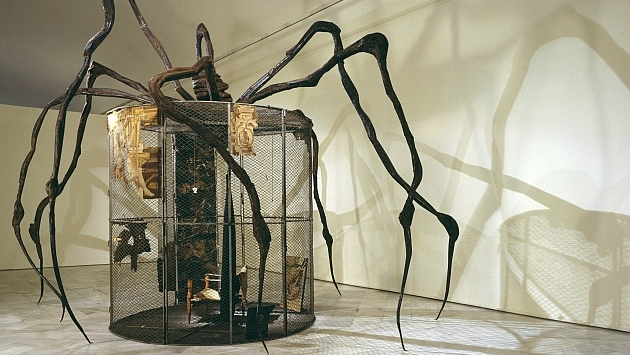


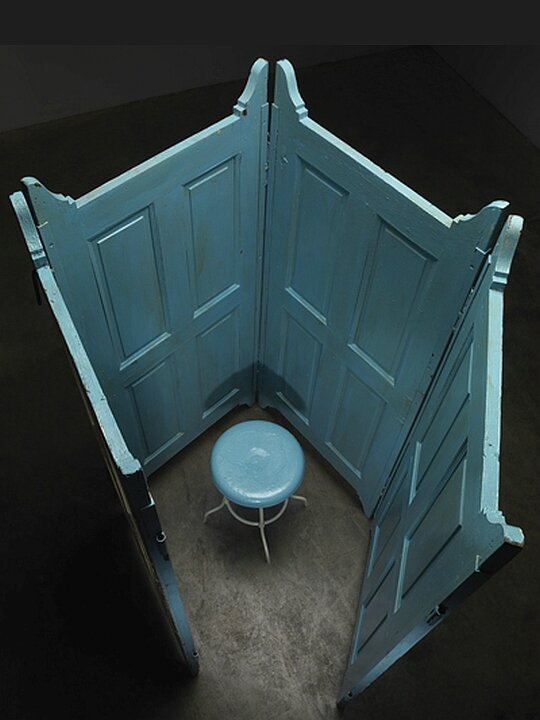
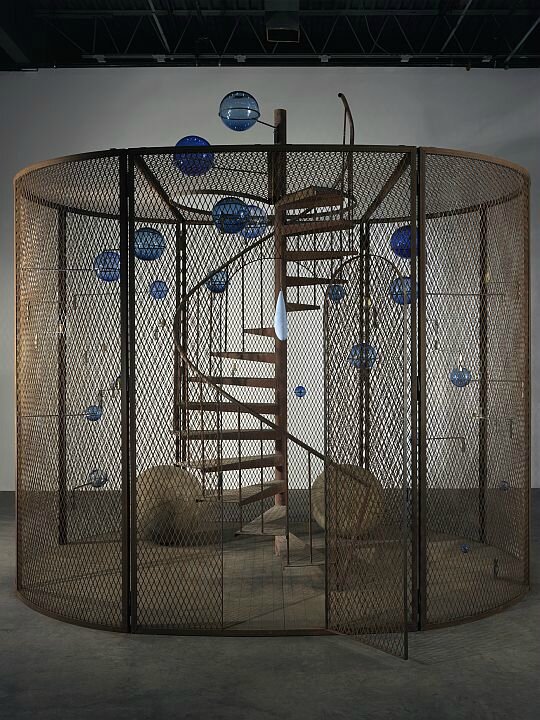
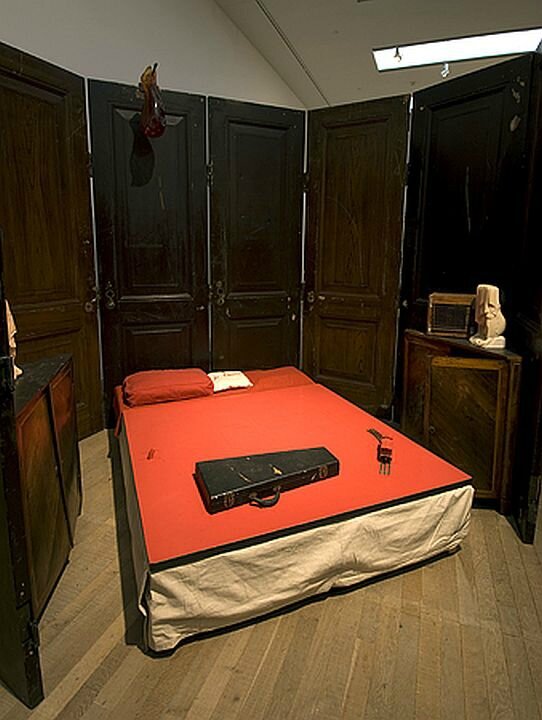
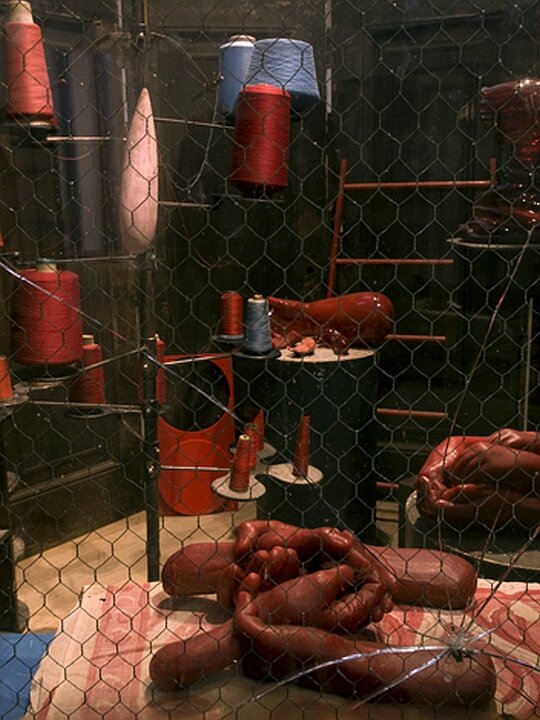
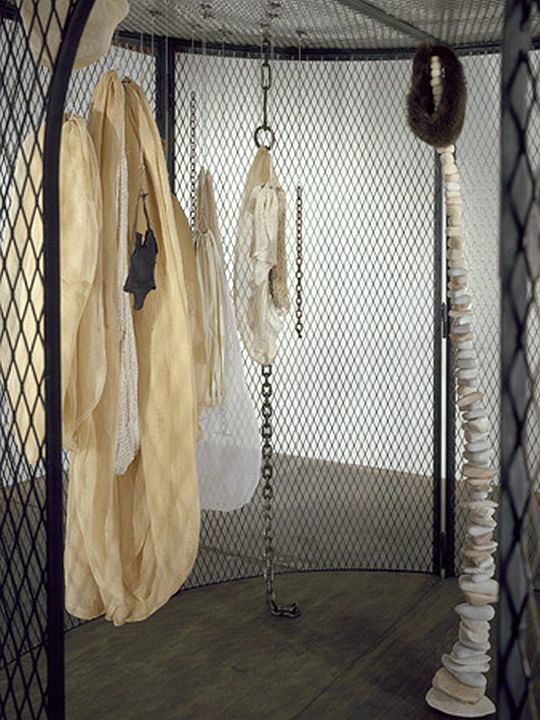


/http%3A%2F%2Fstorage.canalblog.com%2F37%2F41%2F119589%2F113216662_o.jpg)
/http%3A%2F%2Fstorage.canalblog.com%2F75%2F03%2F119589%2F112784440_o.jpg)
/http%3A%2F%2Fstorage.canalblog.com%2F91%2F83%2F119589%2F112567635_o.jpg)
/http%3A%2F%2Fstorage.canalblog.com%2F05%2F94%2F119589%2F112558563_o.jpg)